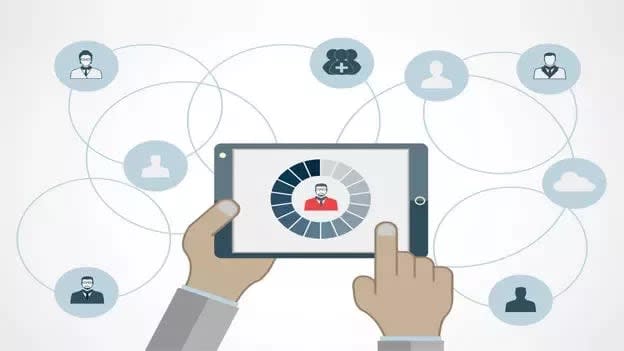How to design a continuous performance management process
- The Tech Platform

- Feb 3, 2020
- 3 min read
Continuous performance management is the way ahead to ensure that employee behaviours are aligned with the ever-changing business goals and performance outcomes.
From rankings, annual feedback to continuous performance assessments and 360 degree feedback, the process of assessing an employee’s work has drastically changed over the last few decades. The latest shift is the move away from a “competitive evaluation” model to a “coaching and development model”, as the enterprise environment moves from an industrial economy to a knowledge economy.
Managing continuous performance
Business cycles are tumultuous and employee expectations are distinctly different today. High performance depends on a variety of factors, from day-to-day work goals, continuous development, learning, and career growth.
From an employee’s perspective, the need to find purpose, and reach his/her potential is influencing how well he/she performs. On the organizational front, the availability of data and digitalization is enabling data-driven performance decisions with real-time data and insights.
Consequently, there's now a need for a performance management system based on a data-driven, flexible, continuous, and development-oriented system. This is what continuous PMS offers- a performance system which is focused not just on individual employees, but on skills and teams.
Frequent check-ins, on-going feedback, agile goals, innovation etc. resonate with the VUCA nature of business. Continuous PMS makes it possible for organizations to fail-fast and move progressively ahead towards the strategic vision.
According to a research, respondents in organizations who have adopted continuous performance practices outperformed or significantly outperformed their competition at a 24% higher rate.
Designing processes
Constructing a new process that reflects the people and purpose involves change management, and must be approached systematically. Shaking the status quo and looking at organizational performance through a new lens are key prerequisites to apply design thinking to any process design. HR professionals must hone their skills in areas such as technological prowess, talent analytics and business acumen. The ultimate goal is to envision a PMS system and process, which is both employee-centric, and aligned with business goals:
Understand the problem: HR must dig into employee data, manager insights, and business indicators to empathize with the end customer i.e. with employees and business leads. Today, a host of technological tools are available for data-driven insighting and decision-making, hence HR must build data-capability from within.
Research the context: HR practitioners must clearly outline as to why a problem is important. Create a point of view about the context through research and observation.
Going beyond: HR practitioners must brainstorm along with business leads on how to solve the problem. It is important to go beyond the business context, to ensure that the PMS design is in alignment with the business strategy.
Prototype: Prototyping focuses on the “how of creation”. Once the vision is clear for a business-aligned and employee-centric PMS, it is time to start creating and experimenting through actions.
Test: Final implementation of the PMS system shall answer the question of whether it actually works. For continuous performance management, it is important to define whether the PMS actually measures the desired performance outcomes which propel the business in the right direction.
The goal of performance management is to enable employees and managers to achieve the desired behaviors and results. Such a future-forward system can be entrenched in the organizational ways of working with the right cultural intervention. HR must educate and train employees and managers to adopt and embrace the new system on all fronts, such as technical usage and mindset-readiness. More often than not, success is determined by how ingrained the PMS ethos is in the employees’ mindset.
SOURCE:Paper.li





Comments